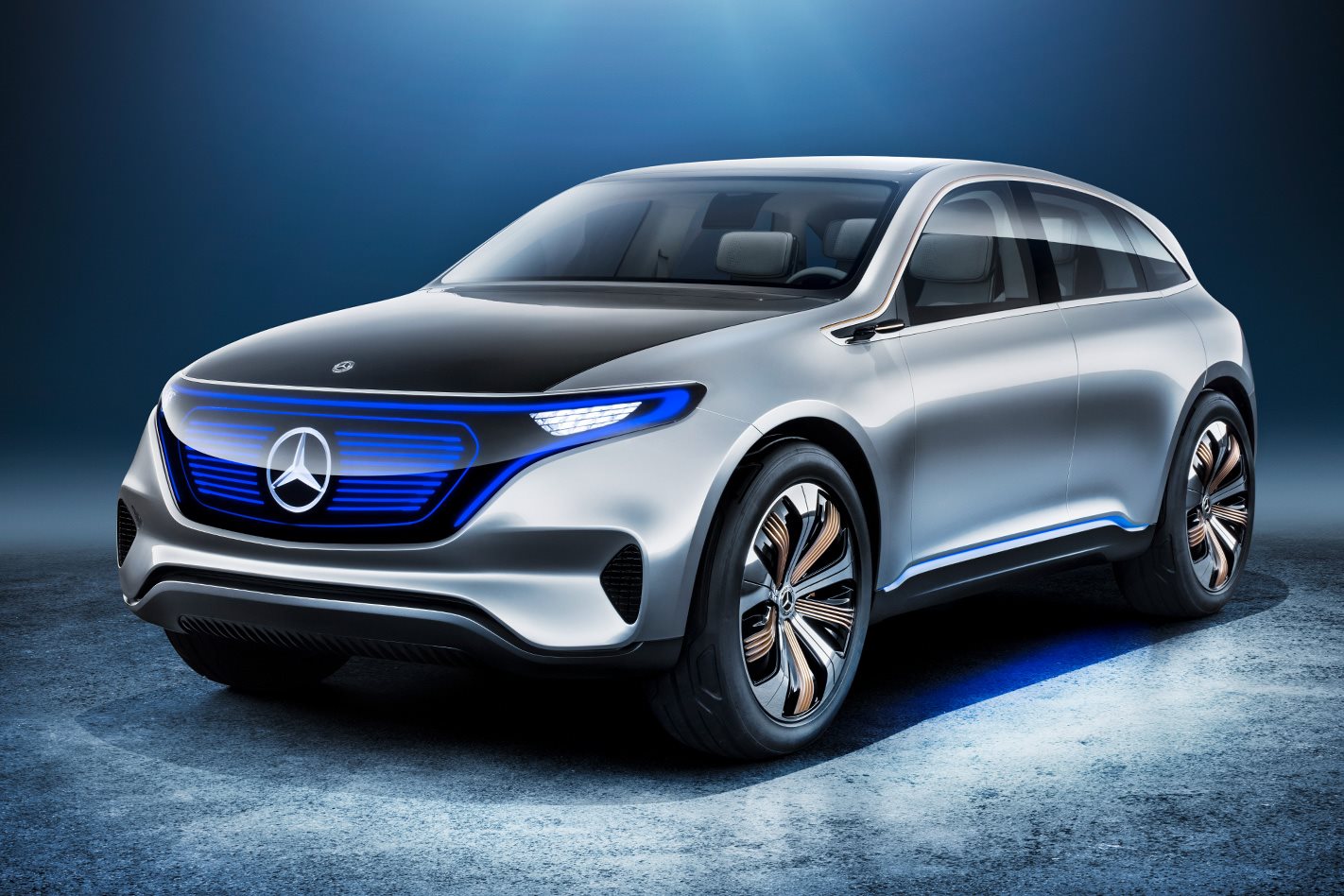WIND-whisked rain falls from grey clouds hurrying across the sky near Gundagai. This day is not one to linger for a look at the Dog on the Tuckerbox. The modest monument to Australia’s pioneering spirit was once the chief reason to stop at this place between Sydney and Melbourne, but a small bronze dog isn’t what the driver of the white Model S seeks. It’s the row of six Tesla Superchargers, all of them vacant, he needs. He connects his car and then, hunched against the weather, hurries into the nearby Oliver’s Real Food.
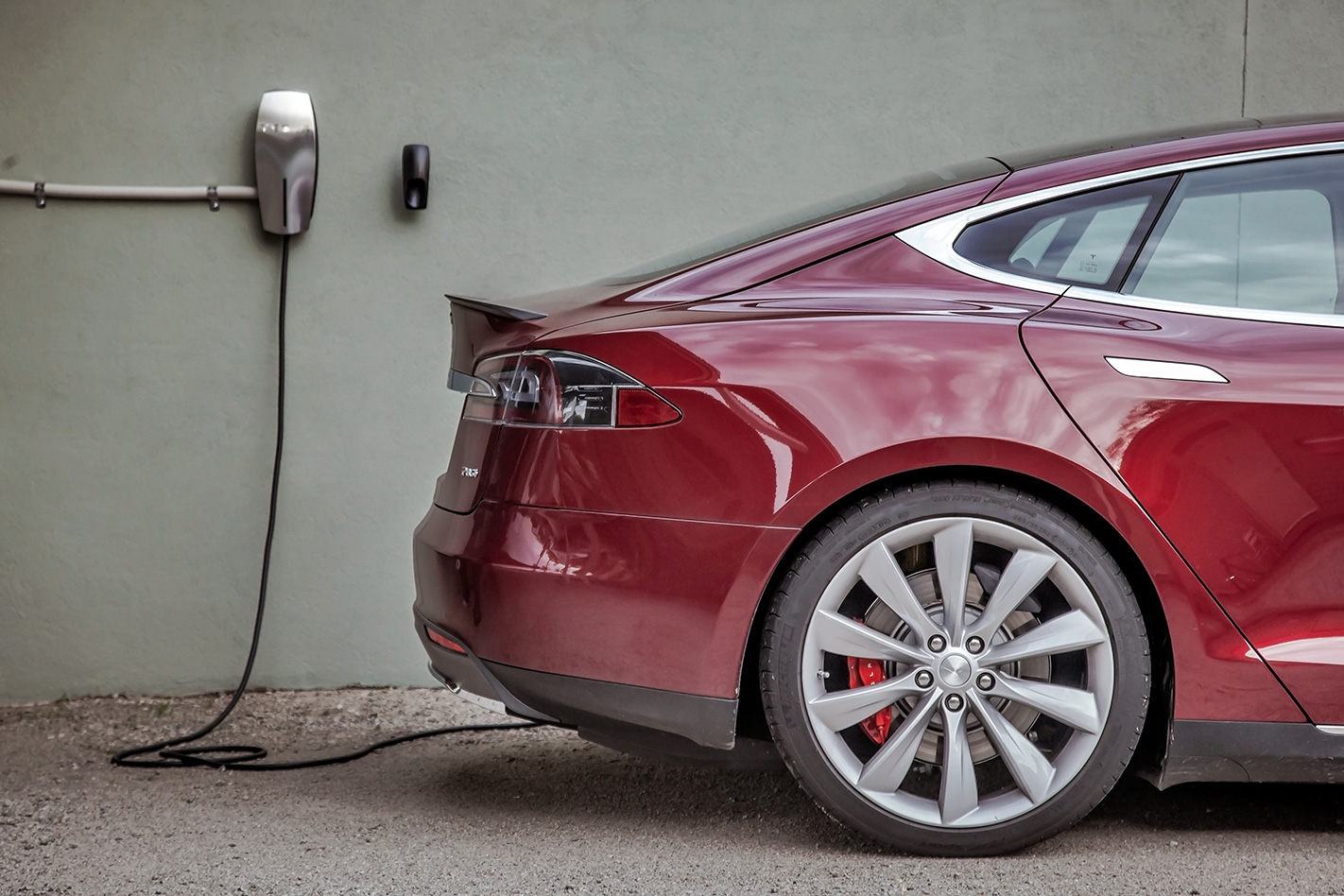
Except for one detail, it’s an utterly routine scene. Countless drivers make comfort stops at places like this all across rural Australia every day. But how many top up with electricity while stretching legs, emptying bladders and sipping second-rate country coffee? One in a million?
Tesla drivers today are true pioneers, but it’s not going to stay this way forever. We’re about to see the beginning of what you could call a Volt Rush…
Right now only Tesla can offer the kind of driving range and recharging infrastructure that makes driving from A to B via places like Gundagai possible. Tesla’s cars can cover 300km-plus on a full battery and the company’s Supercharger network makes driving Adelaide to Brisbane, via Melbourne and Sydney, feasible. But, as Tesla founder Elon Musk always intended, established car makers are preparing to follow his company’s lead with equally able and in many cases less costly EVs.
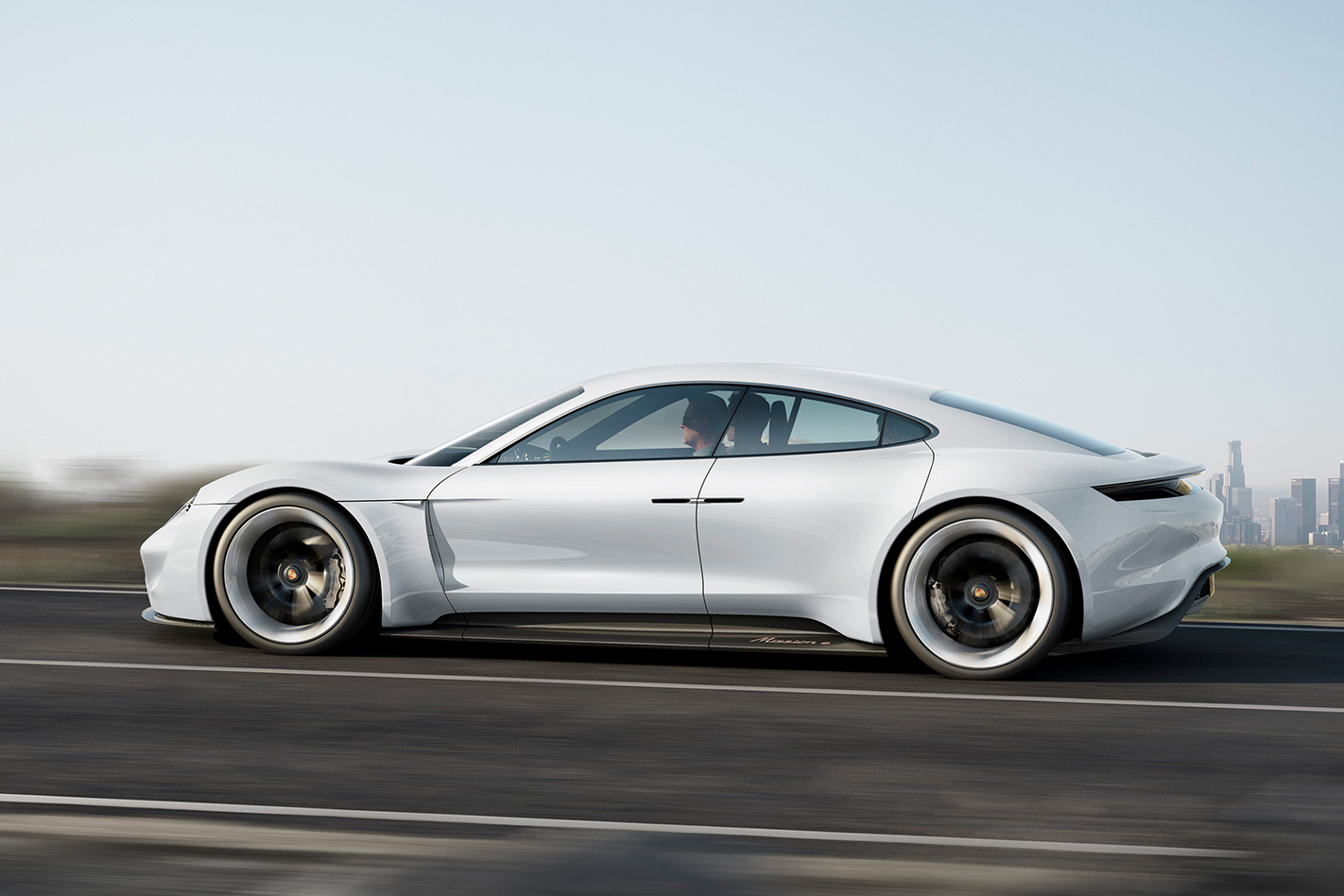
Over the next three years Audi, BMW, Jaguar, Hyundai, Mercedes-Benz, Mini, Nissan, Porsche and VW all plan to introduce EVs able to meet the everyday needs of many drivers. Most, maybe all, will come to Australia.
Technological advances explain mainstream manufacturers’ imminent move to large-scale EV production. The breakthroughs will make EVs less costly and more convenient.
Leading lithium-ion battery manufacturers like LG Chem and Samsung SDI have next-generation cells ready to go. These have better energy density than existing lithium-ion technology. This means they store much more energy, with an equivalent increase in driving range, without any change in battery-pack volume.
They’re building massive, multi-million Euro factories – LG Chem in Poland and Samsung SDI in Hungary – to supply the new and improved cells. It’s no coincidence that Europe’s forthcoming flood of EVs, with predicted driving ranges typically between 400 and 600km, are all scheduled to launch soon after the Korean battery makers’ ramp up production at their brand-new plants.
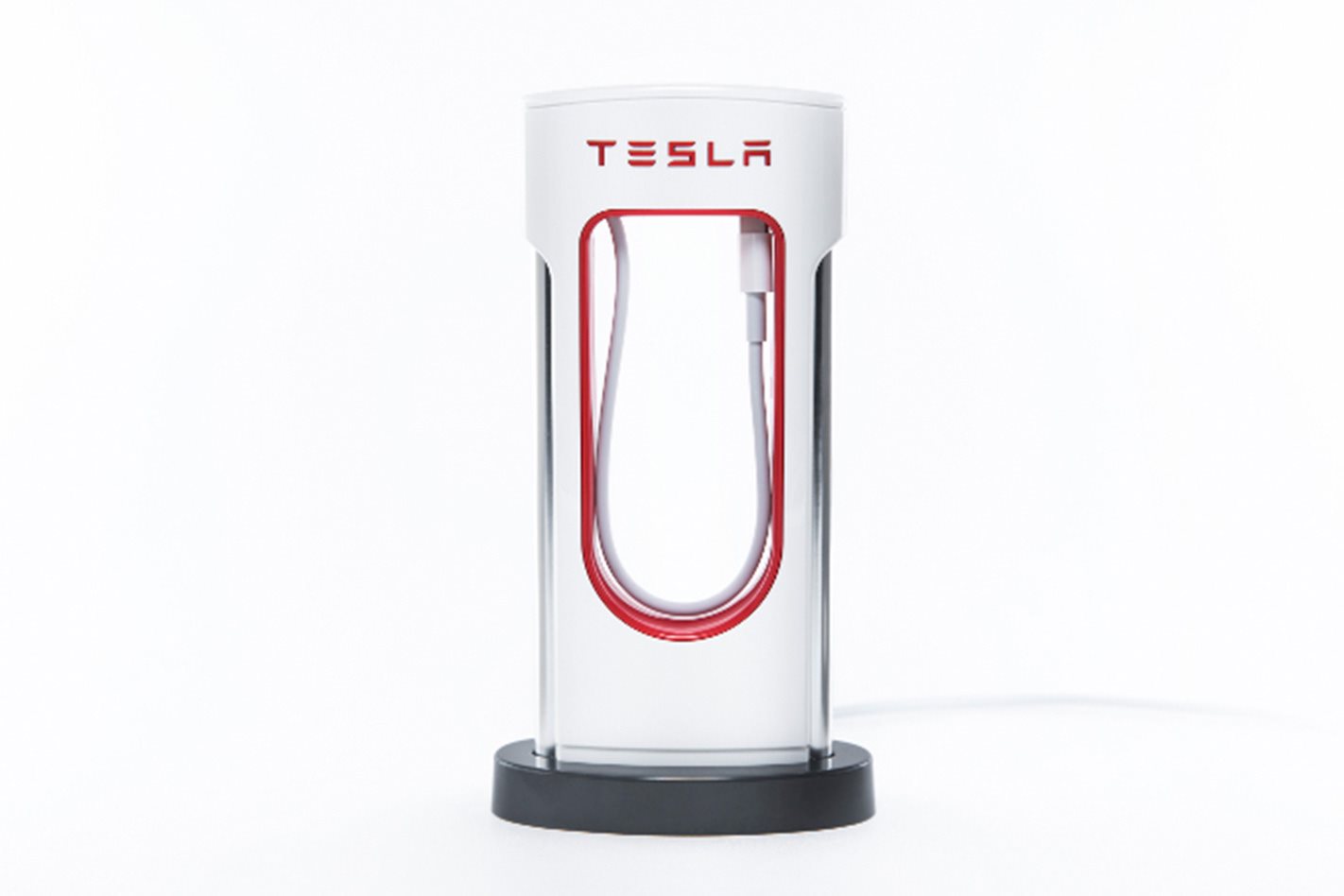
Meanwhile, Tesla’s Gigafactory in the USA is being built, in partnership with Japanese battery supplier Panasonic. Now more than 30 percent complete, this facility outside Reno in Nevada will cover a greater area than any other building on the planet when finished in 2020. According to Tesla, the Gigafactory will cut the cost of battery packs for its cars by around 30 percent. This strategy is key to the success of the new Model 3, the medium-size hatchback that Tesla believes will vastly increase its sales. Large-scale production should bring similar economies of scale for other battery manufacturers.
These big investments mean lithium-ion is sure to remain the dominant EV battery chemistry for at least the next decade. Lithium-sulphur is one promising potential replacement in the EV energy storage role.
Though the cost of lithium-ion is being driven steadily down, the time when EVs can compete on price against the most affordable small conventional cars remains distant.
It’s for this reason that many of the new-wave EVs on the way from Europe are aimed at segments where there’s sustained demand for highly profitable premium products. This mainly means top-end SUVs like the Audi e-tron and Mercedes-Benz EQ, both due in Australia in 2019, the EV version of the new BMW X3 that will follow, and even Jaguar’s hard-to-classify I-Pace. The production version of Porsche’s Mission E, due early next decade, stands out in this simply because it’s not an SUV. What unites these brands is that they can afford the luxury of lower profit margins to make their EVs price-competitive with conventional models.
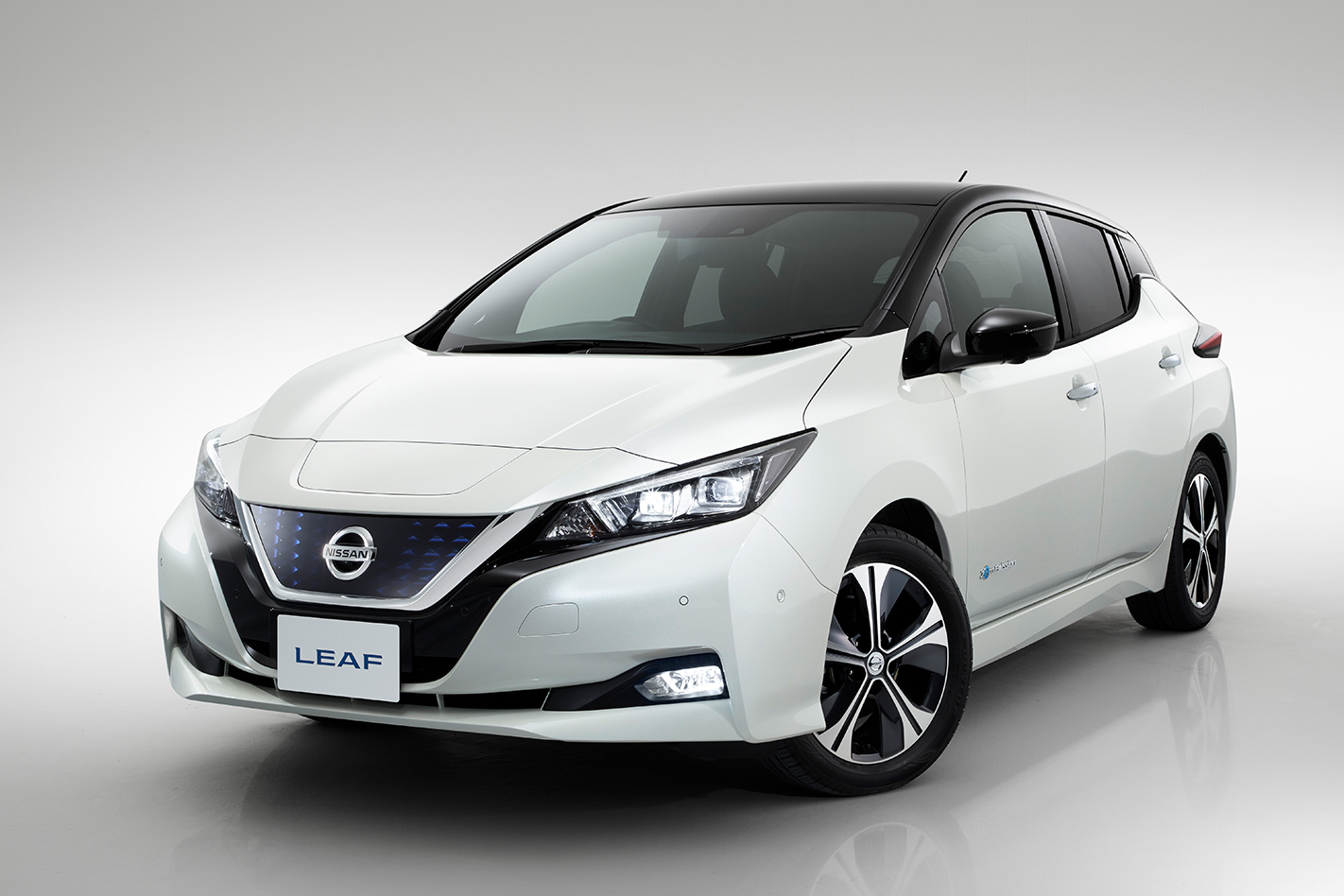
For non-premium car makers it’s tougher. The Nissan Leaf is the world’s most popular EV ever, with around 250,000 sales since 2010. The second-generation Leaf unveiled in Japan last September, and headed for Australia in 2018, has a greater range – its battery can store 67 percent more energy than the 2010 original, Nissan claims – has more power, a much larger boot and is much more attractive. But the price will be close to the $40,000 of the car it replaces. Hyundai’s Ioniq EV will possibly cost even more.
But non-premium brand EVs will benefit most from the falling price of lithium-ion energy storage, simply because the battery pack represents a higher proportion of their total cost. VW aims to price the first EV based on its new electric-only MEB platform – the ID hatch – similarly to a mid-grade Golf. Mainly, according to company experts, because it expects the price of lithium-ion to halve between now and 2020 when production begins. And the prices should go on falling.
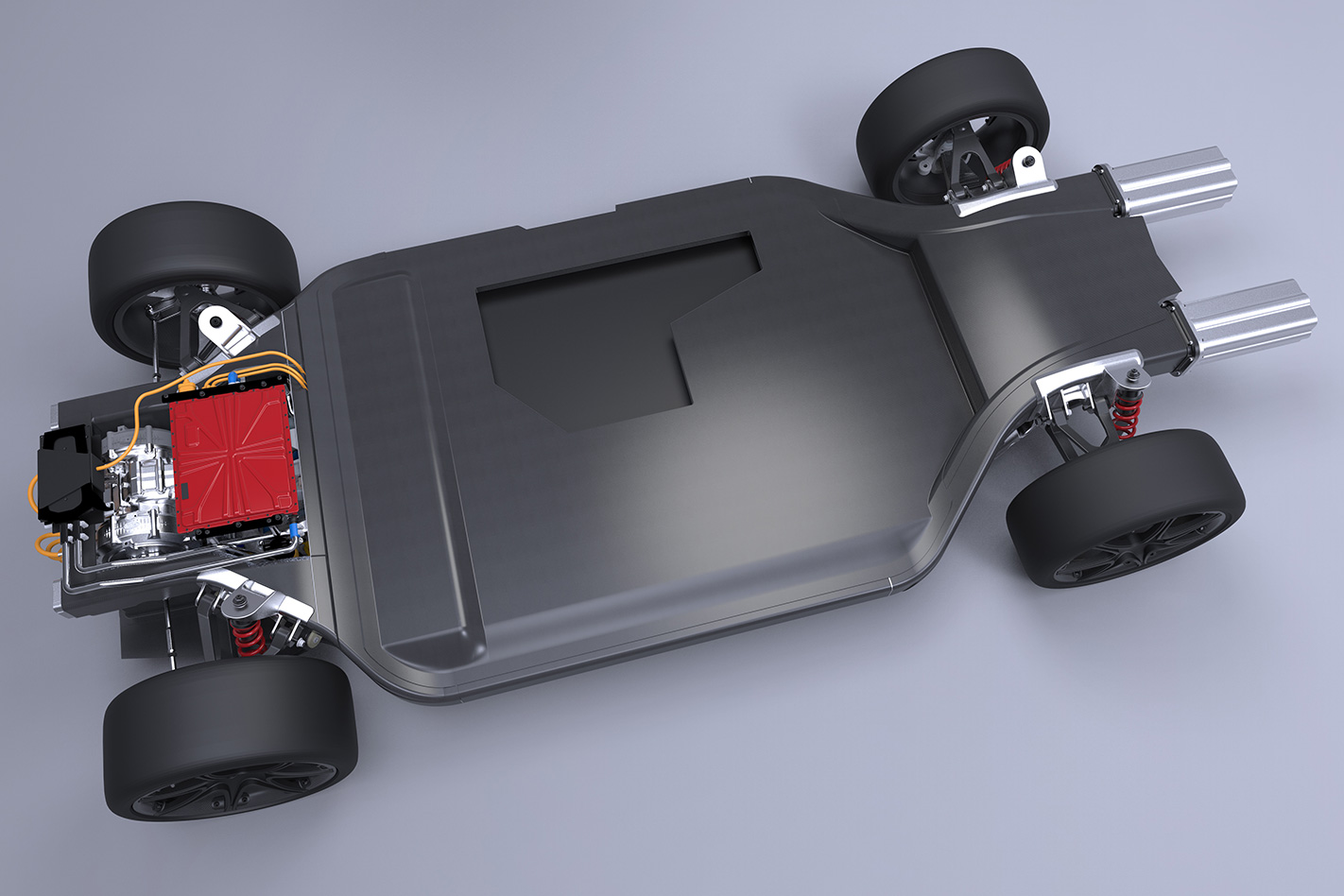
Less costly lithium-ion energy storage will, in the meantime, power an explosion in EV diversity. Today, in Australia, EVs are either short-range city cars like the BMW i3 and first-gen Nissan Leaf or potent long-range luxury models like Tesla’s Model S and Model X SUV.
The coming wave of EVs will bring, essentially, more of the same. But, over time, EVs will arrive to fill a much broader variety of roles.
The Renault-Nissan Alliance already makes electric vans like the e-NV200 and Kangoo Z.E. Daimler-owned Thomas Built Buses has an electric version of America’s classic yellow school bus ready for production.
Tesla has signalled its intention to add an electric pick-up to its range, a choice that makes sense for an American manufacturer. Smaller outfits in the USA and Canada may beat them to it. The proto pick-ups being developed by Bollinger, Havelaar and Workhorse are butch-looking, big-battery trucks that are also able to power electric tools. It’s not hard to imagine Australian tradesmen making the switch from Hilux to high voltage once the price is right.
While lower lithium-ion costs make EVs easier to buy, advances in recharging technology will at the same time make them more convenient to use.
Inductive charging will make the overnight or working-hours battery top-up much easier. Simply park over the charging pad and walk away. Another pad must be installed on the bottom of the car to enable inductive charging, but BMW has a system ready for market and component maker Continental is developing an off-the-shelf inductive charger any car maker will be able to buy. Both systems provide aids to parking in exactly the right position above the charging pad.
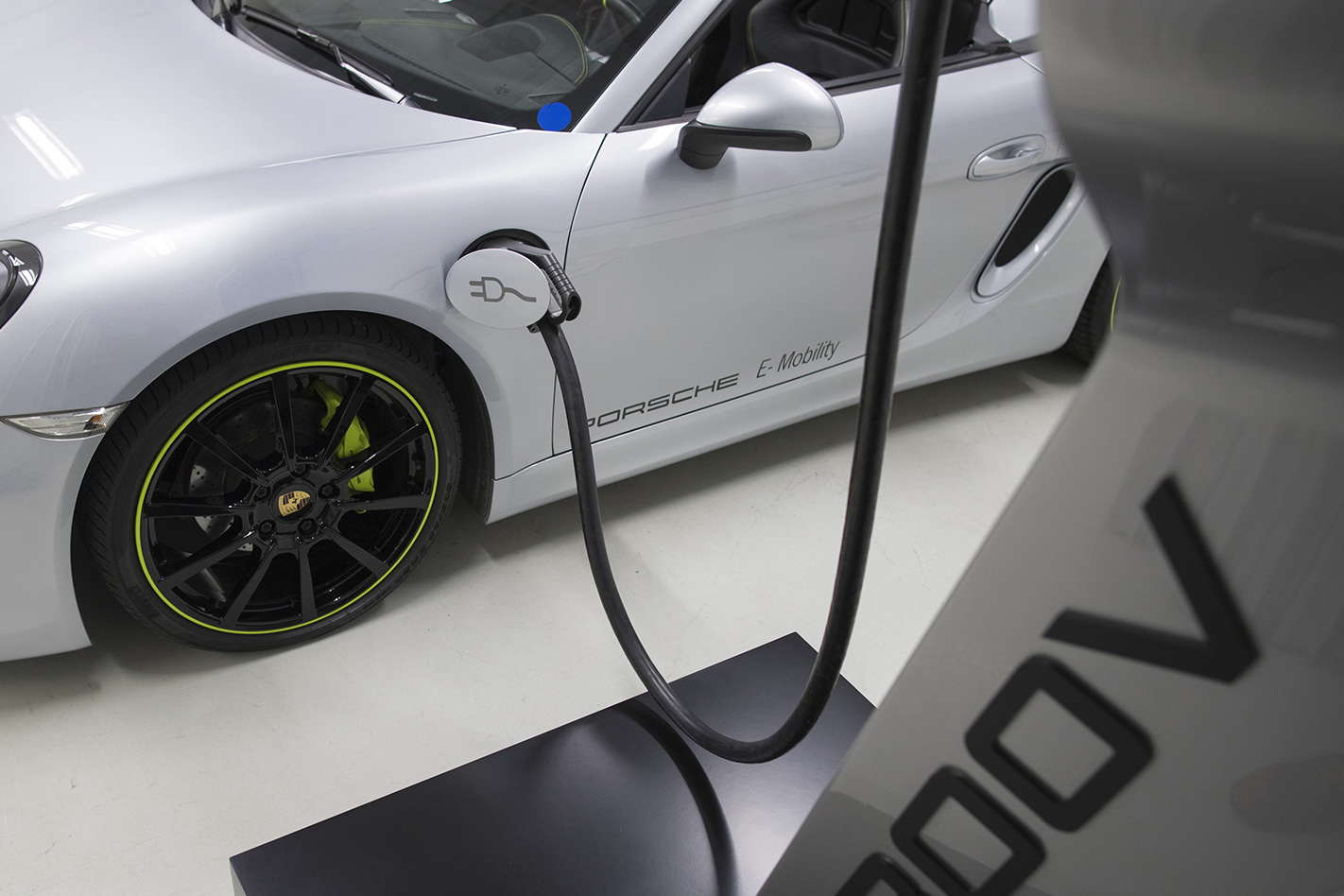
But inductive charging can’t deliver the big power for a really quick recharge. There are practical limits to the amount of electricity that can be safely and efficiently pushed across the air gap between charge pad and the vehicle above it. Around 20kW is what engineers say is possible. Still, this is enough to greatly reduce the frequency with which an EV driver has to connect a cable.
Really fast DC charging, which does require plugging in, is about to make a great leap forward. The Tesla Supercharger delivers a 120kW maximum charge rate, but this will soon seem sluggish. A consortium that includes BMW, Daimler (owner of Mercedes-Benz and Smart), Ford and the VW Group, along with European power and electrical engineering companies, has developed a 350kW DC fast charger, which will cut recharge times – for EVs equipped with the hardware to handle so much power – to mere minutes.
The first 350kW chargers have already been installed, and the consortium’s plan is to create a network of 400 that spans Europe. At around $300,000 each they’re costly, but carefully sited DC fast chargers have the potential to make EVs a go (almost) anywhere proposition.
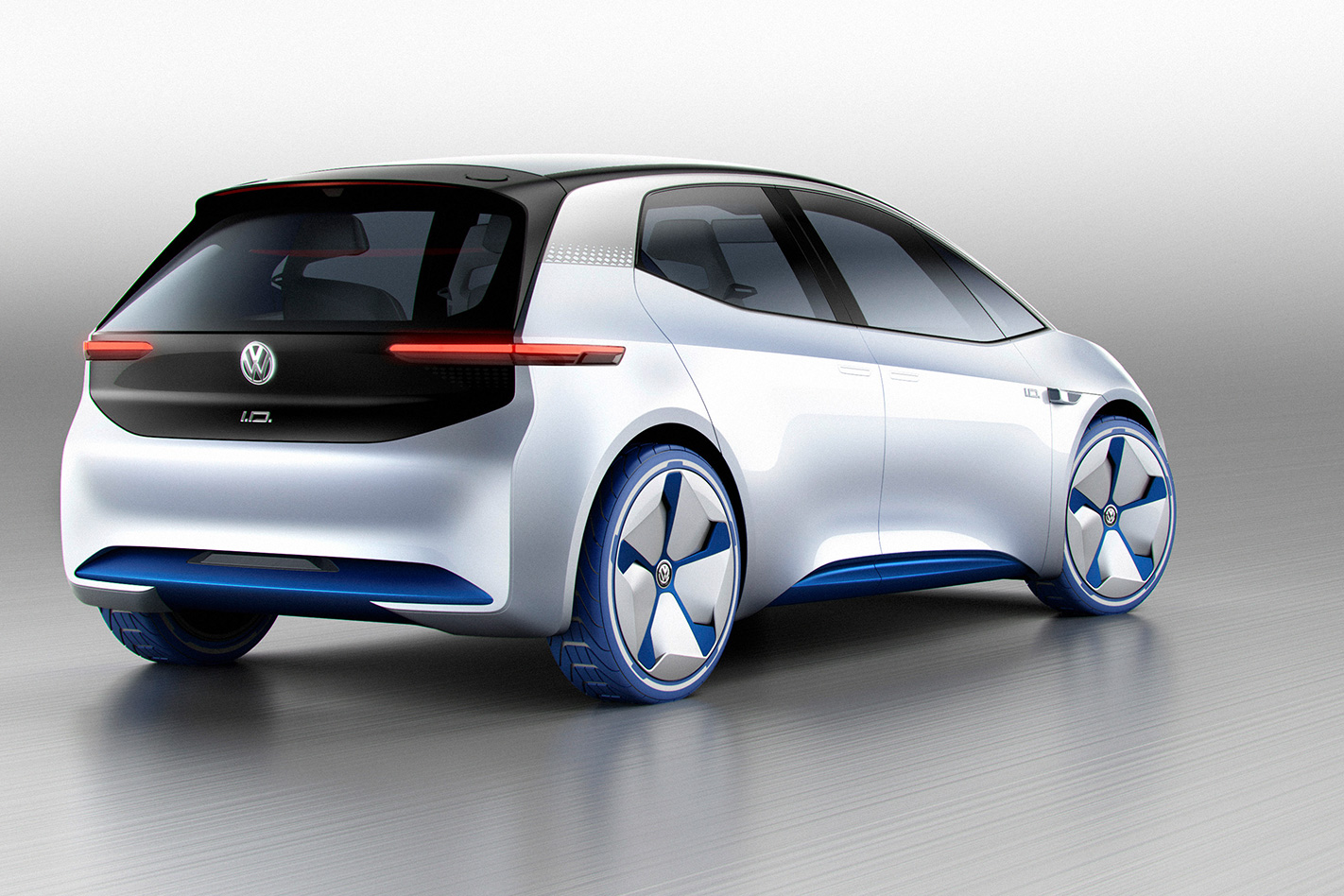
None of the coming changes will be sudden. But, brick-by-brick, the barriers to EV acceptance are being demolished.
It’s impossible to predict the precise moment when a driver stopping near Gundagai to recharge an EV while taking a coffee break ceases to be remarkable. There are simply too many variables. How quickly will EV prices come down? How fast will the recharging network grow? Will governments in Australia introduce policies to speed the adoption of EVs, or not?
It could take as little as a decade. Or, more realistically, two. But the time is surely coming when an EV will be able to do everything you want at a price you can afford.


